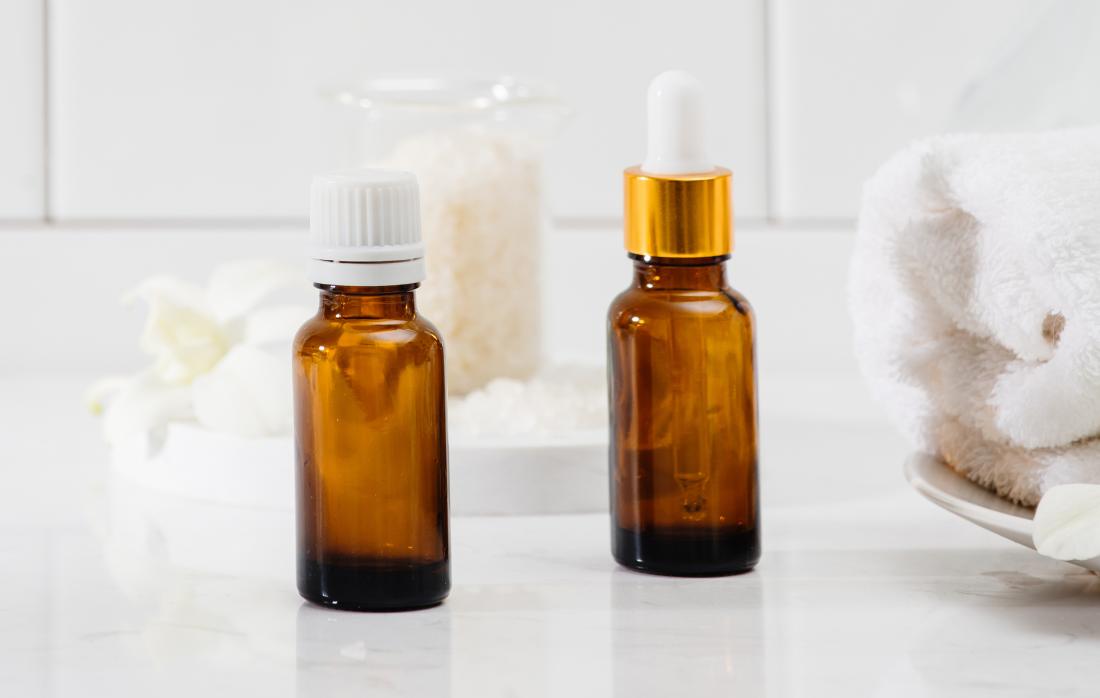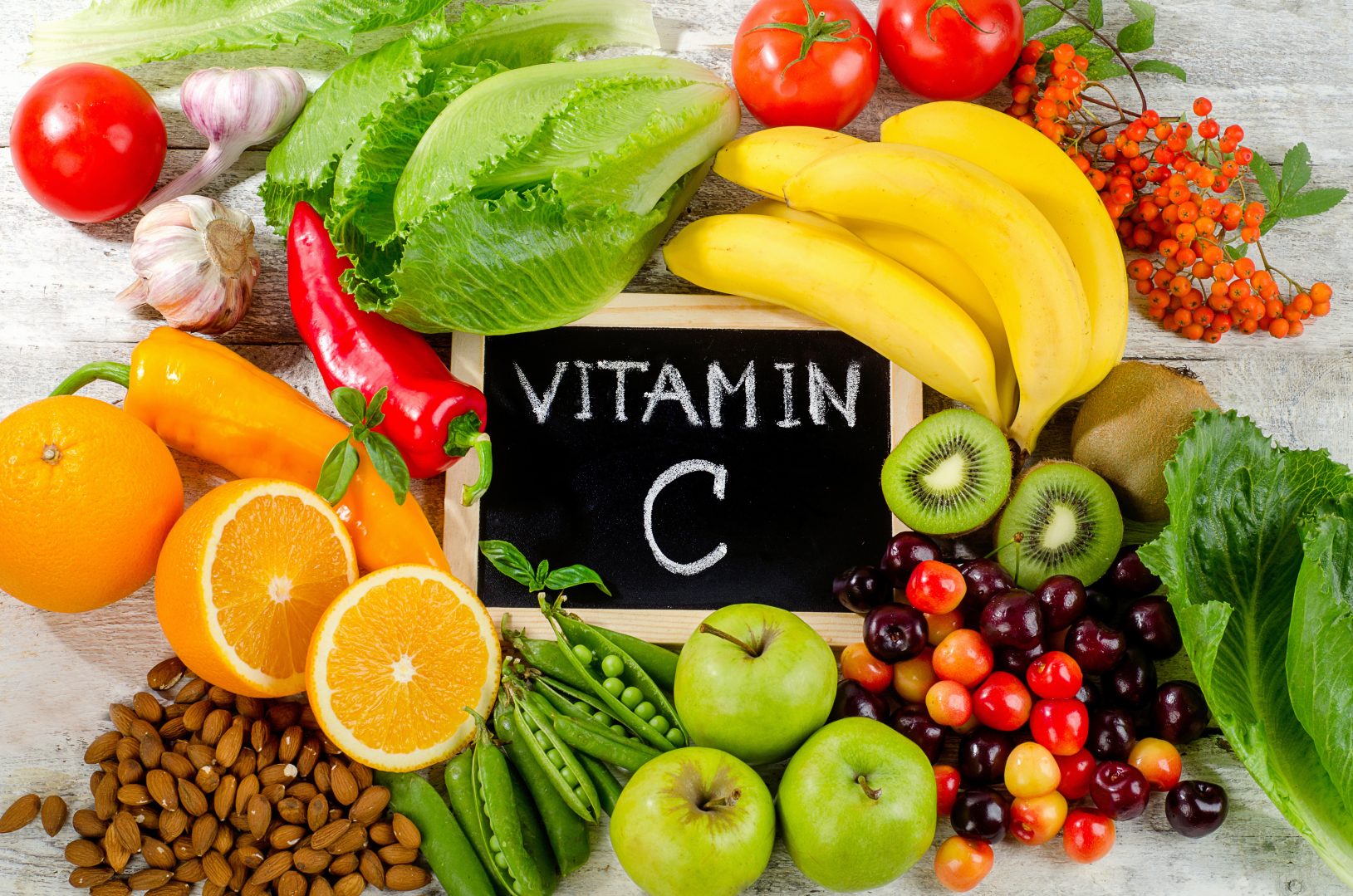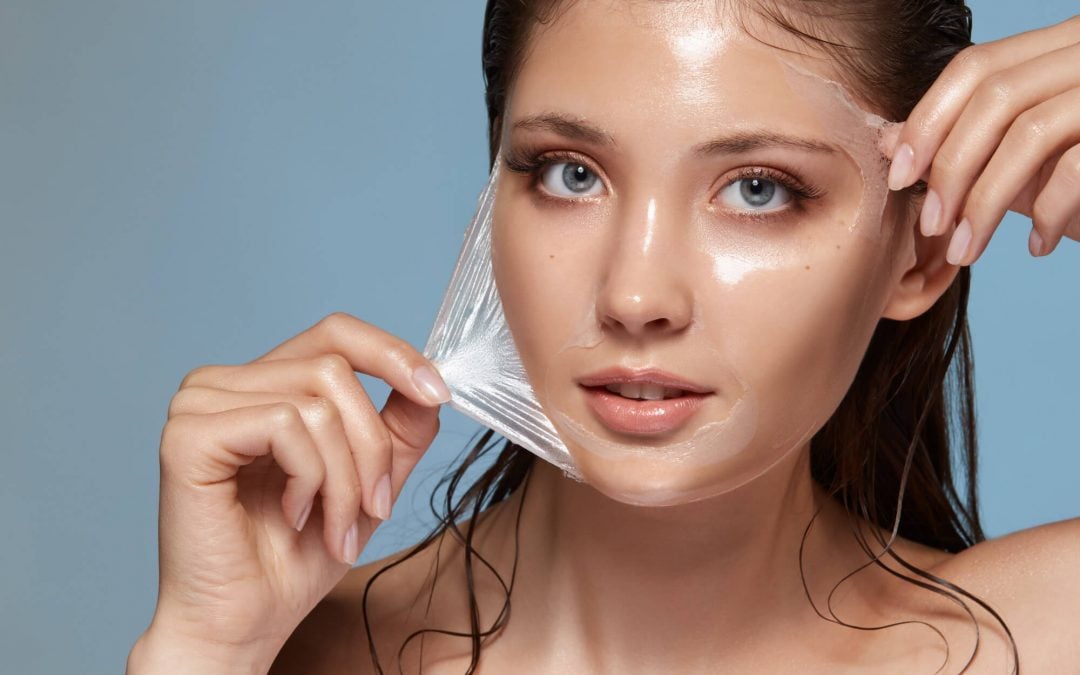Melasma is a buildup of melanin, the pigment that gives skin its color, which results in grey to brown patches most commonly on the cheeks, forehead, and chin. Although it can occur in both sexes in people of all ethnicities, it is more commonly seen in women and those with darker complexions. Melasma is worsened by high levels of estrogen particularly in pregnancy. The patches usually develop slowly and symmetrically, and can last for many years. Pregnancy related melasma sometimes improves after delivery but sometimes the pigment can be very stubborn. An ounce of prevention is worth a pound of cure here so religious use of a good sunscreen is the most important thing. However, sometimes you need something stronger. Here, we will discuss natural treatments for melasma as well as the use of chemical peels.
Kojic Acid

Kojic acid is a natural compound produced by a Japanese fungus. It is not a formally approved treatment for melasma but kojic acid has been shown to inhibit pigment production in small trials. It probably is not strong enough on its own, but for those that do not respond to hydroquinone alone they may benefit from the addition of kojic acid. One randomized study of 39 patients with facial hyperpigmentation showed that kojic acid and 2% HQ (the over the counter strength) are similarly effective in melasma. Almost every patient experienced burning and peeling at first; however, kojic acid was thought to be more irritating. Another study of 40 Chinese women found that melasma cleared in 60% of patients using kojic acid 2% and hydroquinone 2% compared to 48% of patients using hydroquinone alone. However, neither formulation was effective in clearing the melasma completely. All patients in the kojic acid group experienced redness, stinging, and mild peeling. Hydroquinone tended to be better tolerated.
Vitamin C

Vitamin C (aka ascorbic acid) is an antioxidant most commonly found in citrus fruit. One study examined vitamin C as a treatment in 29 women with melasma. Vitamin C solution was applied to one half of the face and distilled water was applied to the other half. After 12 weeks of treatment, there was a clinically significant reduction in darkness on the treated side compared to the control side. Importantly, the researchers used something called iontophoresis, which is basically applying a mild electrical current to help move the vitamin C into the skin. So, it’s not clear how effective a cream with vitamin C would be without it.
Pycnogenol
Pycnogenol is a French maritime pine bark extract, containing a variety of molecules that have both antioxidant and anti-inflammatory properties. Because sunlight can cause redness and inflammation, which can worsen melasma, it is a potentially attractive, all natural treatment option. A 30-day trial of 30 women found that Pycnogenol (25 mg) administered by mouth 3 times daily decreased the average pigment intensity and the average melasma area compared to placebo. There were no side effects observed during the treatment. The tolerability of the drug was good and it was considered safe.
Chemical Peeling
The way chemical peeling agents work is by physically removing melanin rather than by inhibiting pigment production. Peels are usually well tolerated by individuals with lighter complexions; however, dermatologists need to be careful when performing chemical peels in skin of color because of the risk of worsening the melasma. Superficial peels, which only work on the very top of the skin, have the lowest risk of adverse effects. All peels cause some redness, which is to be expected for up to a week after treatment. Although several peeling agents have been studied for the treatment of melasma, glycolic acid is by far the most popular. It is easy to use, generally safe, requires little to no downtime, scarring is uncommon, and post-peel hyperpigmentation or persistent redness is rarely seen.

Glycolic acid is commonly used as an ingredient (usually around 10% concentration) in skin-lightening creams, and is used at around 15-20% as a peeling agent. Glycolic acid can be added to other treatments described in this article. For example, one 26-week study looked at 10 Asian women who were treated with GA peels 20% every 3 weeks on one side of the face and a hydroquinone 2% plus glycolic acid 10% cream applied to the other side. At study end, the side that had experienced the peels was lighter compared to the other side in all patients. Some stinging and redness was experienced during and after each peel. In the 70% of patients, reduction of pigmentation was apparent after the first peel. Another study of 40 Indian patients with moderate to severe melasma found that addition of glycolic acid peels (3 peels at a 30% concentration) produced average lightening of 46% at week 12 and 78% at week 21 compared to the start. At the end of the study, 80% of patients in the peel group graded their improvement as excellent. Two patients from the peel group developed temporary worsening of their melasma, which resolved with the use of a steroid cream.
What add-on therapies have you tried for your melasma and hyperpigmentation?

